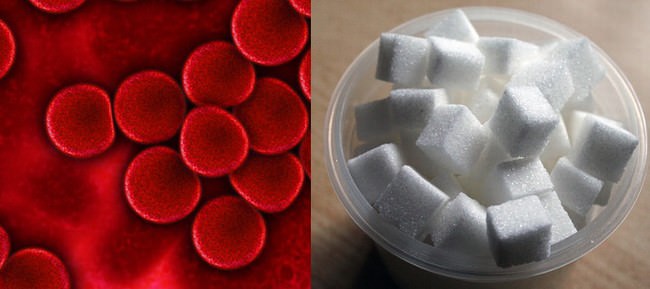
|
Have you noticed that when you (or a loved-one) wait too long between meals, you become irritable, confused, nauseated or fatigued? That means you’re most likely experiencing symptoms of postprandial hypoglycemia. |
 |
|
Postprandial hypoglycemia (also known as “Reactive hypoglycemia”) translates as “Low blood sugar which occurs after eating”. In postprandial hypoglycemia, a non-diabetic person experiences reoccurring symptoms similar to those of medical hypoglycemia. Medical hypoglycemia is a state where there are abnormally low levels of glucose in the blood, resulting in an inadequate supply of it to the brain. What causes hypoglycemia?
Postprandial hypoglycemia usually manifests about 4 hours after consuming a large carbohydrate meal or a high consumption of glucose. Healthy adults maintain a blood glucose level of around four mmol/L when between meals. If the level drops below four mmol/L, hypoglycemic symptoms may appear. The U.S. National Institute for Health (NIH) states that "The causes of most cases of reactive hypoglycemia are still open to debate. Some researchers suggest that certain people may be more sensitive to the body’s normal release of the hormone epinephrine, which causes many of the symptoms of hypoglycemia. Others believe deficiencies in glucagon secretion might lead to reactive hypoglycemia.” |
|
Symptoms:
|
|
Treatment
You can purchase a blood glucose meter in most pharmacies if you wish to test the levels of glucose in your blood. The NIH recommends taking the following steps:
Foods you should avoid:
Foods that are good for you:
|
 |
|
|
|
For more information, or if you suspect you might be suffering from hypoglycemia, consult with your family physician. |
| Image sources: Discouraged foods / Testing kit / Encouraged foods |